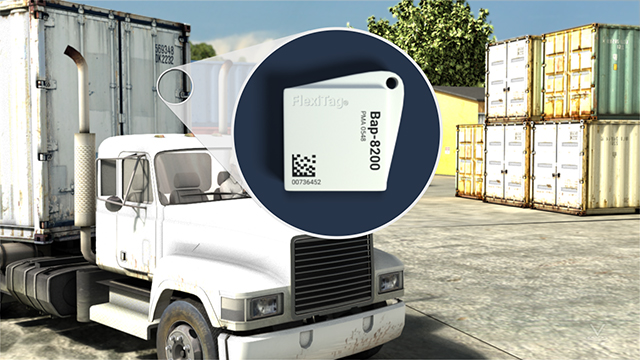




RFID Applications
RFID technology offers a relatively inexpensive method of tagging virtually any object and then being able to search for and identify that object. This radio-based technology, combined with computers and databases which are able to access large amounts of data, creates a tool that can increase the speed and efficiency of just about any manufacturing, warehousing, transportation, or retailing operation. Adding read/write functionality and/or sensors expands upon the number of potential applications for this technology.
Request a demoCourse Details
Learning Objectives
• State what RFID stands for • Describe the components of an RFID system • Describe a brief history of RFID • Describe how RFID technology can be applied in the areas of: • Manufacturing and Assembly • Warehousing • Real Time Locating Systems (or RTLS) • Retail • Libraries • Tolling • Pharmaceuticals • Baggage Handling • Access Control • Vehicle Theft Prevention • Hospitals • Pet Tracking • Document Tracking • Environmental Sensors
Specs
| Course Level | Intermediate |
| Languages | English |
| Compatibility | Audio, Video, MobileReady |
| Based on: | Industry Standards and Best Practices |
Key Questions
Where can RFID technology be used?
RFID technology can be used to generate location and status information about any object that can support a tag.
How can RFID be used in an assembly operation?
An RFID tag with read/write capabilities can be used to record information during the construction of an item, so a complete production history is available at any time.
How is RFID used in warehousing operations?
RFID tags can be scanned and recorded as items enter and exit a warehouse so that a complete inventory is available at all times.
How is RFID used in retail operations?
In retail operations, RFID can be used to speed up inventory tracking, checkout, and credit card payments, and also for theft protection by placing RFID readers at exits.
How can RFID be used to prevent vehicle theft?
Some manufacturers have incorporated RFID into vehicle security systems. These systems prevent automobiles from starting if an RFID tag in the ignition key is not detected.
Sample Video Transcript
Manufacturers can use RFID tags to record assembly information during the construction of a complex item as it moves along a production line. Tags for this purpose have more memory than a typical tag and the ability to have data written to them. Imagine a basic engine block moving down a production line. At each station where a machining action is performed or a component is added, that information can be written to the memory on the tag as the action is completed. At the end of that line, and wherever the engine is subsequently shipped to, a complete history of its production, including an inventory of installed parts, is available by wirelessly reading the RFID tag. A mobile RFID reader can also be used at any point along the line to verify which processes have been completed.
Course Applies To
Demos + Pricing
Learn more about our courses, get pricing, and see our platform.











